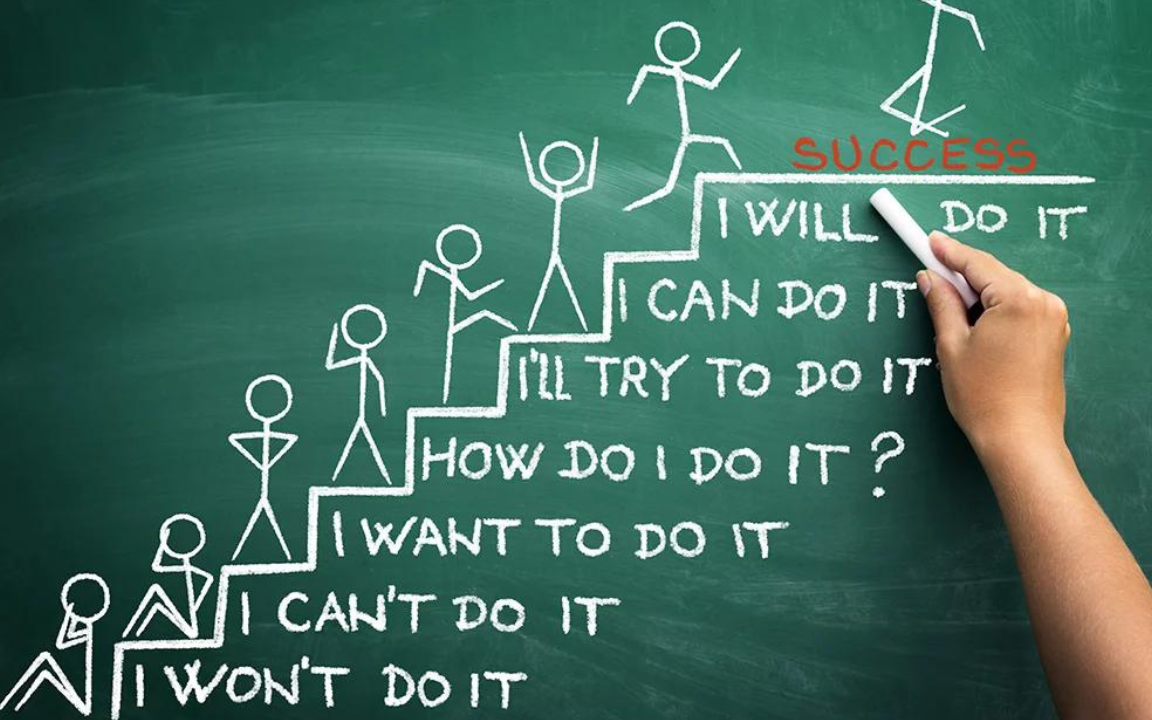Bridging Generational Gaps for a Safer Workplace
In today's world, managing teams across generations isn’t just a challenge—it’s a huge opportunity. For the first time in history, we have five generations working side by side: Traditionalists, Baby Boomers, Generation X, Millennials, and Generation Z. Each brings unique perspectives, skills, and preferences. And while diversity in experience and outlook can drive creativity and success, it can also lead to disconnects—especially when it comes to safety in the workplace.
One of the questions I get most often is, How do generational differences impact workplace safety? The answer, I believe, is twofold: yes, each generation may view safety differently, but our experiences, especially those we share, shape how we truly approach it. In my own journey, I learned this from my grandfather Joe, who experienced a life-altering workplace injury that deeply impacted him—and, in turn, shaped my own values around safety.
But beyond personal experiences, how do we take these different generational mindsets and create a safer, more connected workplace?
Each generation brings its own leadership style and strengths to the table. Traditionalists and Baby Boomers tend to favor structure, loyalty, and tried-and-true methods. They’ve worked in hierarchical environments and often excel in hands-on leadership. They’re experienced mentors who help reinforce foundational safety standards, but they can sometimes hesitate to adopt new safety technologies.
On the other end of the spectrum, Millennials and Generation Z thrive on flexibility, purpose, and innovation. They’re the “tech-first” leaders, who often integrate data analytics and digital tools into their approach to workplace safety. However, they can sometimes rely too heavily on technology and may overlook the practical, experience-based insights that older generations bring.
In the middle, Generation X brings a pragmatic, adaptable approach to leadership. They balance efficiency with caution and often serve as a bridge between the structured methods of older generations and the innovative mindset of younger ones.
Building Meaningful Connections: The Key to Bridging the Gap
It’s one thing to understand the different mindsets, but it’s another to get everyone working together toward a shared goal. And that’s where building genuine connections comes in. Without meaningful interactions, we risk a workplace where safety protocols are misunderstood or neglected.
Imagine the workplace as a game of tug-of-war. Each generation may pull in a different direction—Traditionalists towards structure, Boomers towards teamwork, Gen X towards independence, Millennials towards purpose, and Gen Z towards technology. The challenge for leaders is to get everyone pulling in the same direction, toward one unified goal: a safe, inclusive workplace where everyone feels valued.
Practical Steps for Bridging Generational Gaps
Here are some actionable ways to bring the generations together in a way that strengthens teamwork, encourages communication, and prioritizes safety.
- Tailored Communication
Ask yourself, How does my team prefer to connect and communicate? Do they like phone calls, texts, chat platforms, or face-to-face interactions? Understand these preferences to open the door for better dialogue. A simple survey or focus group can work wonders in helping team members feel heard and understood. - Cross-Generational Mentorship Programs
To break down barriers, encourage mentorship between employees from different generations. For example, a Baby Boomer could mentor a Millennial on safety protocols, while the Millennial could share insights on new technology. I once worked with a company where a senior machine operator paired with a young technician. The senior employee taught valuable safety practices, while the younger team member introduced digital tools to streamline tasks. It’s a great way to build relationships and foster safety collaboration. - Team Building and Social Activities
Don’t underestimate the power of team building to bridge generational gaps. In some Japanese companies, informal mixers encourage employees to connect outside of the formal work environment. Implementing casual coffee breaks, pizza lunches, or team challenges like escape rooms can bring people together, spark conversations, and create trust. When people know each other, they’re more likely to communicate openly and work toward shared safety goals.
Why This Matters for Safety
At its core, workplace safety isn’t just about policies and procedures—it’s about culture. A culture of safety grows when each generation’s strengths are acknowledged, and everyone feels empowered to share their perspectives. When older generations pass down hands-on safety insights and younger employees introduce fresh tech-driven methods, it creates a rich, inclusive safety culture that is forward-thinking yet grounded in experience.
As we foster these cross-generational connections, we break down stereotypes, strengthen bonds, and build a safer workplace where everyone feels responsible for each other’s well-being. We’re no longer separate generations pulling in different directions but one united team working together.
In my new book, The Power of Teamwork, I talk about how collaboration is like a fabric, where each thread represents a different strength or viewpoint. Together, they create something far stronger than any single thread could alone.
Final Thoughts
Managing a multigenerational team isn’t about erasing differences; it’s about leveraging them. When we embrace each generation’s unique strengths, we don’t just improve teamwork—we create a safer, more productive workplace where everyone feels valued. And that’s the real power of teamwork.









